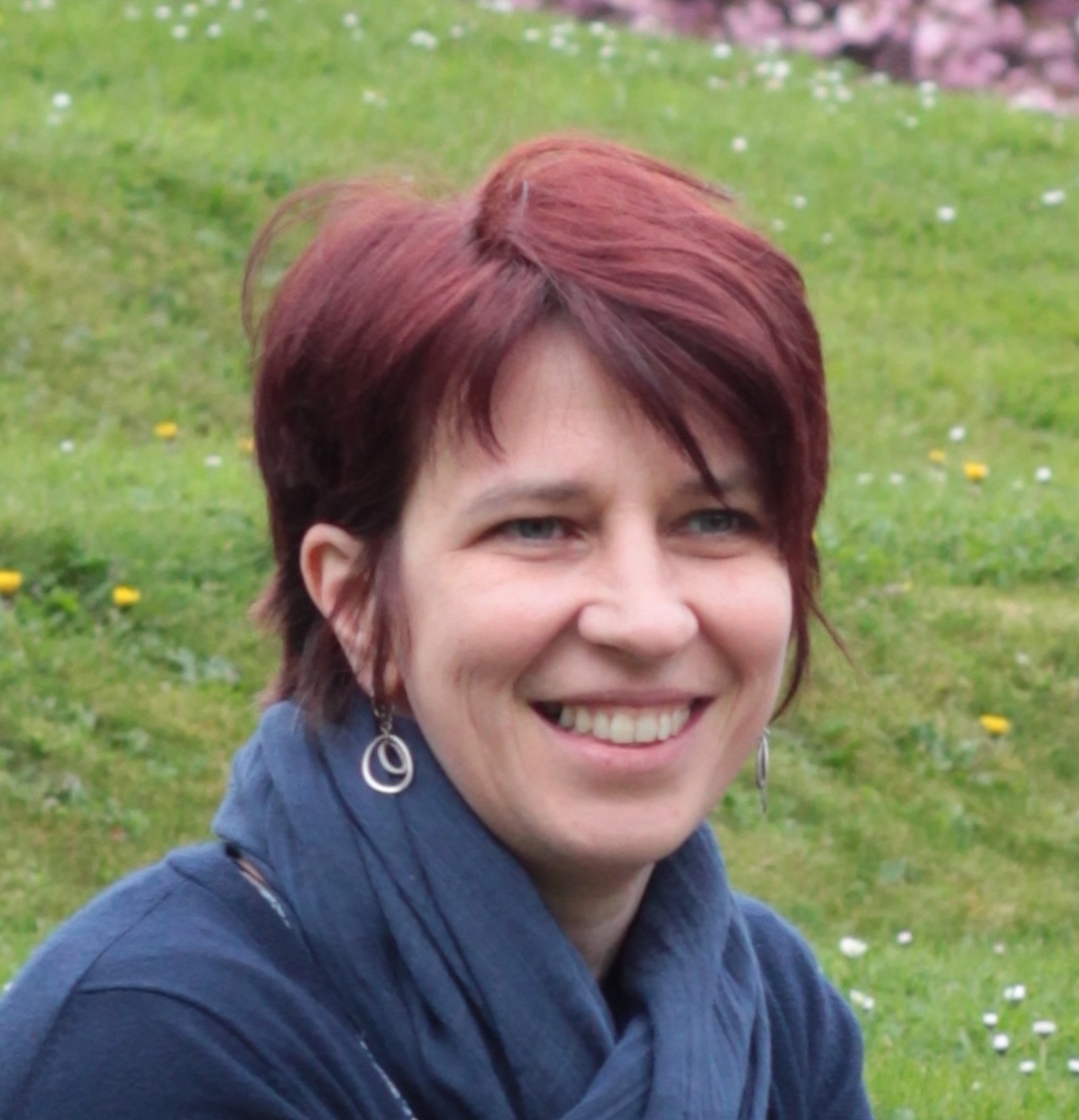The Nanobodies4Instruct center produces and characterises Nanobodies to be used as auxiliary tools in structural and cellular biology.
By learning more about the nature of each project, the team can advise in designing antigens and work out optimal immunisation schemes, panning strategies and screening methods.
Nanobodies are the small (15 kDa) and stable single-domain fragments harboring the full antigen-binding capacity of camelid heavy chain–only antibodies. Nanobodies are exquisite chaperones for crystallizing membrane proteins, multiprotein assemblies, transient conformational states and intrinsically disordered proteins. Nanobodies can also be used for other applications in structural biology. Domain-specific Nanobodies have been used in single-particle electron microscopy (EM) to track these domains in particle projections. Because Nanobodies can be functionally expressed as intrabodies in eukaryotic cells, these single-domain antibodies can also be used to track their targets inside a living cell.
Nanobodies are the small (15 kDa) and stable single-domain fragments harboring the full antigen-binding capacity of camelid heavy chain–only antibodies. Nanobodies are exquisite chaperones for crystallising soluble proteins, membrane proteins, multiprotein assemblies, transient conformational states and intrinsically disordered proteins. Nanobodies can also be used for other applications in structural biology. Domain-specific nanobodies have been used in single-particle electron microscopy (EM) to track these domains in particle projections. Because nanobodies can be functionally expressed as intrabodies in eukaryotic cells, these single-domain antibodies can also be used to track their targets inside a living cell.
The production of nanobodies consists of the following steps. First, llamas are immunised with the appropriate conformers of the proteins (protein complex). In parallel, assays are developed in collaboration with the applicant to screen and characterise the nanobodies with the desired properties. After immunisations, a blood sample is collected, and the in vivo matured nanobody repertoire is amplified by RT-PCR. These fragments are cloned into phage display or yeast display libraries. Target specific nanobodies are then selected by panning on displayed antigens. Finally, nanobodies with the appropriate properties for applications in structural biology and cellular imaging are selected and characterised.
A nanobody discovery project may include either one protein complex, up to three different proteins, or two homologous proteins, within a single visit. To ensure a smooth progress, all samples should preferably be shipped together within 3 months. If sent separately, the final shipment should be made no later than 4 months after project approval.
Only small amounts (<2mg) of the folded and quality controlled protein are required to produce nanobodies that recognise conformational epitopes on the native proteins. In case no purified antigen is available, cells expressing purified protein or genetic vaccination may be used to induce an in vivo matured humoral response. By learning more about the nature of each project, the team will advise in designing better antigens and work out optimal immunisation schemes, panning strategies and screening methods.
We store immune libraries that can recurrently be rescreened. Phage display and yeast display libraries that have been generated within the framework of one integrated Instruct program for one partner that focuses on one particular technology can later be screened within few days when new material arrives for other partners within the same program according to newly specified properties. We do acknowledge that binders that have been selected for affinity purification purposes may be suboptimal for X-ray crystallography, X-ray tomography or X-ray imaging.
Applicants are welcome to perform the discovery themselves once the immune libraries are stored.
Structural Biology - VUB, Building E,
4th Floor, Room E4.4
Pleinlaan 2, 1050, Brussels
Belgium

